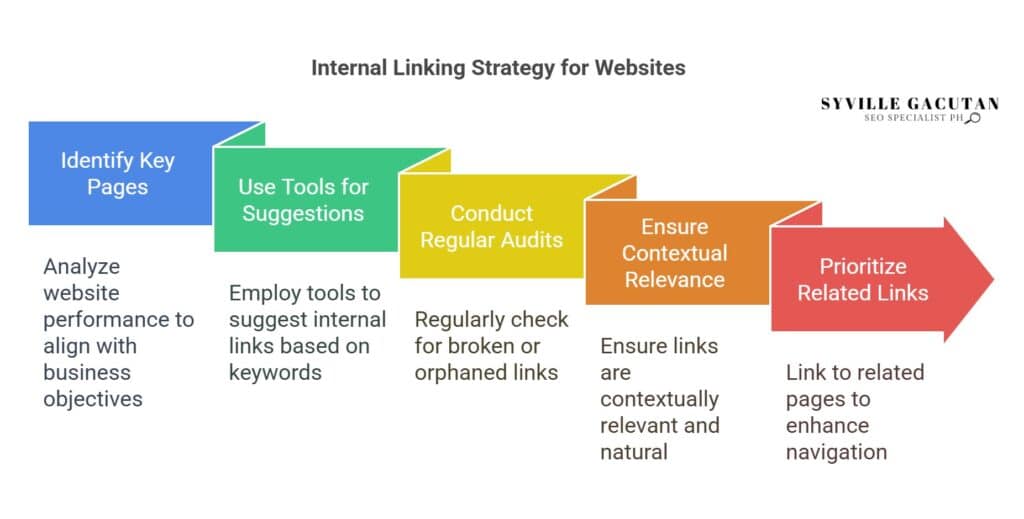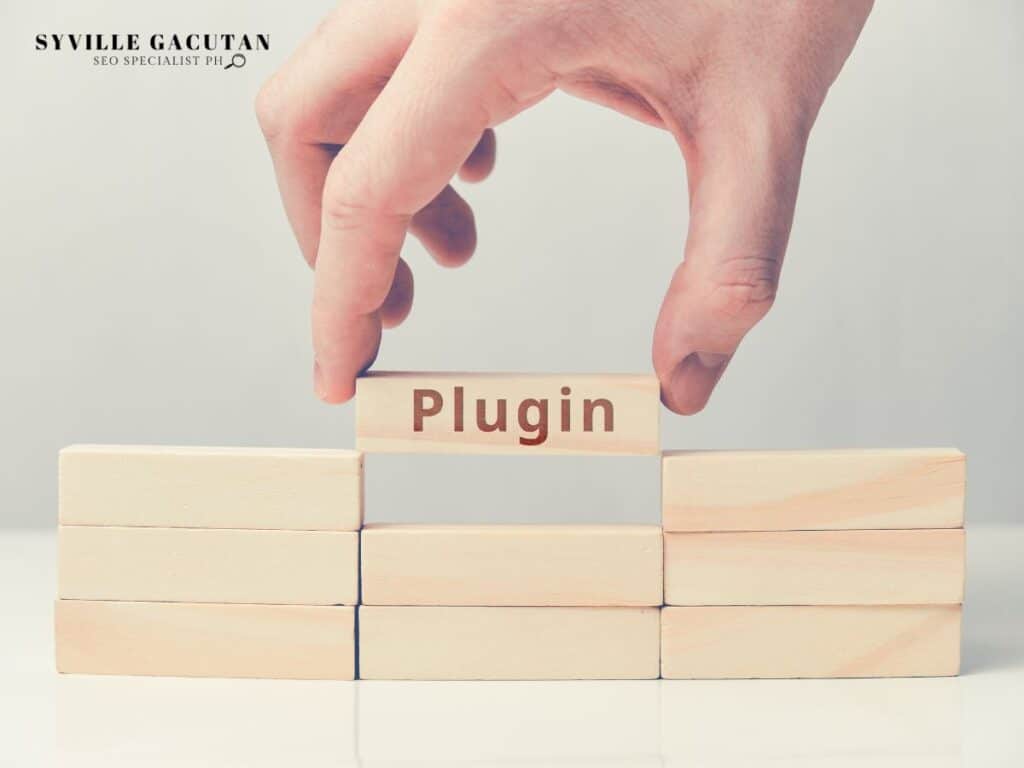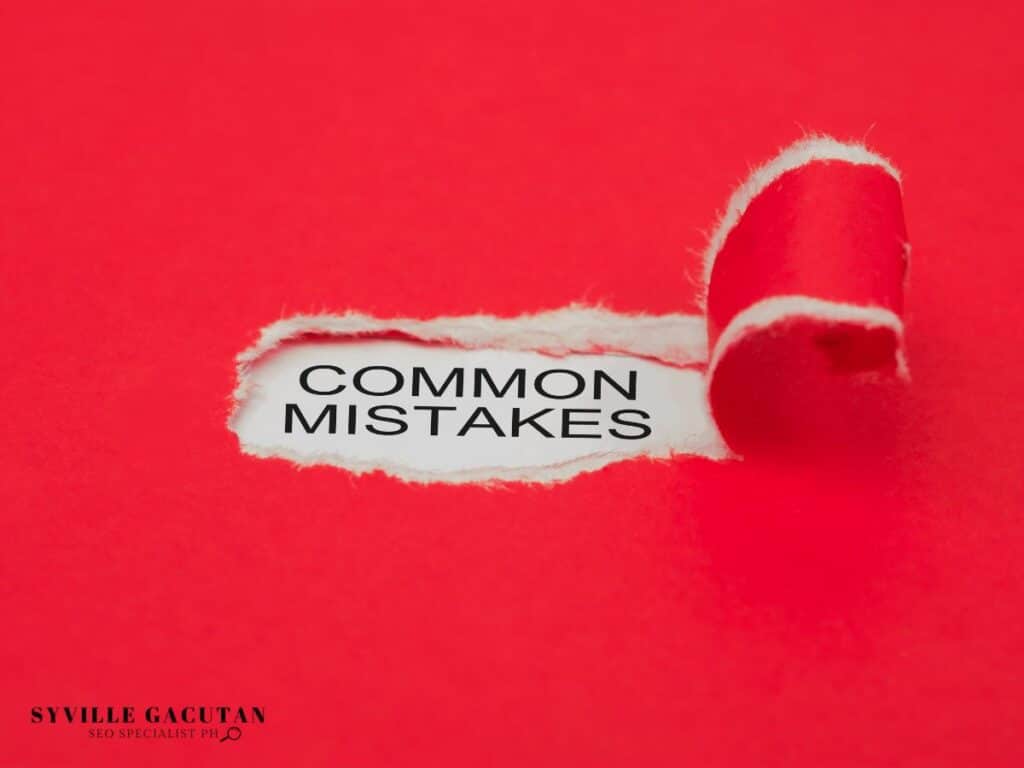
To start internal linking on your website, first, identify key pages that align with your business objectives. These are pages that drive conversions or hold substantial value. Examine website data to identify successful content. Focus on creating links to similar pages for smooth user experience. Ensure anchor texts are descriptive to improve search engine understanding and user context. Utilize tools such as Yoast SEO or perform regular checks with Screaming Frog. This will simplify the process and help identify broken links ensuring an effective linking structure. By understanding these initial steps, you’ll establish a robust foundation for improving your website’s SEO and user experience further.
Key Takeaways
- Identify key pages by analyzing website performance and aligning with business objectives.
- Use tools and plugins to suggest relevant internal links based on keyword analysis.
- Conduct regular audits to identify and fix broken or orphaned links.
- Ensure internal links are contextually relevant and integrate naturally within content.
- Prioritize linking to related or complementary pages to enhance navigation and user experience.

Understanding Internal Linking
Linking pages within a website plays a crucial role in building successful search engine optimization strategies. At its core, internal linking helps establish a robust framework that connects various pages within a site, thereby enhancing navigation and distributing page authority across the website. Grasping how internal links function is vital for website owners and SEO experts. It supports initiatives to enhance site organization and user interaction.
Internal links are important because they provide pathways for both users and search engine crawlers, facilitating the discovery of content and ensuring a seamless user experience. By implementing strong internal linking, a website can effectively signal the hierarchy and relationship between pages, allowing search engines to index content more efficiently.
To create a strong internal linking strategy, it is vital to consider both the logical flow of information and the strategic placement of links. This involves linking high-value pages to those that require more visibility, thereby boosting their authority and ranking potential. Moreover, using descriptive anchor text that reflects the content of the linked page can further enhance the relevance and context of the connection.
A well-thought-out internal linking strategy not only optimizes the user journey but also reinforces the website’s overall SEO effectiveness. By understanding and applying these principles, webmasters can elevate their site’s performance, ensuring that content is accessible, interconnected, and aligned with strategic SEO goals.
Ultimately, internal linking serves as a dynamic tool for building a cohesive and authoritative web presence, paving the way for sustained digital success.
Benefits of Internal Linking

Building on the understanding of internal linking, it’s important to recognize the tangible benefits that this strategy can bring to a website’s performance. Internal linking is not merely a navigation tool; it plays a crucial role in enhancing a site’s search engine optimization (SEO) efforts. By following internal linking best practices, websites can effectively distribute page authority and ranking power across various pages, thereby boosting your SEO.
A solid internal linking structure is essential for guiding both users and search engines through your website. Internal links help search engines in understanding the hierarchy and relationship between different pages, ensuring that important pages are crawled and indexed more efficiently. This level of accessibility is vital, as search engines like Google prioritize content that is easy to find and navigate, making internal linking important for SEO.
Furthermore, a well-implemented internal linking strategy can significantly improve user experience. By seamlessly connecting relevant content, users can find additional information with ease, increasing their time on site and reducing bounce rates. This engagement can signal to search engines that your content is valuable, further enhancing your SEO performance.
Another key benefit is the ability to highlight and promote key pages within your site. By strategically placing internal links on high-traffic pages, you can direct users to content that you want to emphasize, thereby increasing its visibility and traffic.
Identifying Key Pages

Effectively identifying key pages within your website is a crucial step in optimizing your internal linking strategy. By pinpointing these pages, you can capitalize on internal linking opportunities that enhance navigation and boost SEO performance. Key pages are typically those that drive conversions, hold significant value, or offer comprehensive insights into your niche. These pages should be at the core of your internal link structure, ensuring that they are easily accessible to both users and search engines.
Start by reviewing your website analytics to determine which pages are receiving the most traffic. These high-performing pages are ideal candidates for important internal links, as they already attract user interest. Additionally, consider pages that align with your business objectives, such as product pages for an e-commerce site or cornerstone content that provides detailed information on key topics.
Once you’ve identified these key pages, examine your existing internal links to ensure they are effectively connected. This process involves assessing how current links are distributed across your site and identifying gaps where valuable links could be added. By strategically placing internal links on and to key pages, you not only improve user experience but also help Google find and index these pages more efficiently.
Remember that internal links help Google find and understand the hierarchy of your content. A well-structured internal link framework signals to search engines which pages are most important, enhancing their visibility in search results.
Choosing Anchor Texts
Selecting the right anchor texts is a pivotal aspect of optimizing your internal linking strategy. Anchor text for internal links serves as a bridge connecting one page on your website to another, thus playing a crucial role in guiding users and search engines alike. The choice of words used in these anchor texts significantly influences the effectiveness of your internal linking efforts. A well-crafted anchor text not only helps in distributing link value across your website but also enhances the relevance and readability of your content.
In crafting a solid internal linking strategy, it is essential to ensure that your anchor texts are descriptive and relevant. Descriptive anchor texts provide clarity to both users and search engines, indicating the content they are about to engage with. This relevance is crucial for maintaining user interest and supporting the thematic coherence of your website, which ultimately boosts the effectiveness of your internal linking.
Moreover, consistency in using anchor text for internal links is vital. By strategically utilizing consistent and relevant anchor texts, you can improve the navigational flow and user experience across your site. Consistent internal links throughout your website facilitate a seamless exploration for users, while search engines can better understand the context and importance of linked pages, thereby enhancing the link value.
Ultimately, a thoughtful approach to selecting anchor texts contributes to a robust internal linking framework. By focusing on relevance, consistency, and descriptiveness, you can create an effective internal linking system that not only improves SEO outcomes but also elevates user engagement across your digital platform.
Linking to Relevant Content

While establishing an internal linking structure, prioritizing links to relevant content is crucial for both user experience and search engine optimization. Linking to related pages ensures that users can seamlessly navigate through your website, finding the information they seek without unnecessary detours. This approach not only enhances user satisfaction but also contributes to a strong internal linking structure that search engines can efficiently crawl, interpret, and rank.
An effective internal linking strategy begins with identifying pages that naturally complement each other in terms of content and context. For instance, if your website features an article on “healthy eating,” linking to related pages such as “nutritional benefits of vegetables” or “meal planning tips” is logical and beneficial. Such connections help users dive deeper into subjects of interest, thus increasing time spent on the site and reducing bounce rates.
Conversely, failing to link to relevant content can create a poor user experience. When users encounter links that lead them to unrelated or tangentially relevant pages, they may become frustrated and abandon the site. This not only negatively impacts user engagement but also diminishes the potential SEO benefits of internal linking.
Moreover, internal linking for SEO is about more than just boosting page views. It involves strategically distributing link equity across your website, ensuring that high-priority pages receive the attention they deserve. By doing so, you can enhance the visibility of crucial content and improve your site’s overall search engine ranking.
Ultimately, a well-executed internal linking strategy that emphasizes relevance can significantly elevate both user experience and SEO outcomes.
Using Tools and Plugins

To streamline the process of internal linking, leveraging tools and plugins can be highly advantageous. These digital aids not only simplify the task of internal link building but also enhance the efficiency and accuracy of the process. By employing them, website owners can effortlessly add internal links to their content, ensuring that every relevant piece of information is interconnected, thereby improving navigation and user experience.
Several tools are specifically designed for this purpose, automating the tedious task of linking pages. For instance, plugins like Yoast SEO or Rank Math for WordPress users offer features that suggest internal links while you draft or edit content. These suggestions are based on keyword analysis and contextual relevance, which is crucial for optimizing your internal links. By using such plugins, you increase the chances of linking to the most pertinent pages, enhancing both SEO performance and user engagement.
Internal linking also benefits significantly from periodic audits. Tools such as Screaming Frog or Ahrefs can assist in auditing your internal links, identifying broken or orphaned links that could disrupt navigation. Regular audits ensure that your linking structure remains intact and effective, catering to both search engine algorithms and visitor needs.
Moreover, as you strive to optimize your internal links, it is essential to maintain balance. Tools enable you to monitor link distribution across your site, preventing the over-optimization of certain pages while underlinking others.
Avoiding Common Mistakes

Leveraging tools and plugins significantly enhances the internal linking process on a website; however, it is equally important to be mindful of common mistakes that can undermine these efforts. A solid internal linking strategy is crucial for optimizing user experience and search engine rankings.
One essential practice is conducting a thorough internal link audit. This helps identify broken internal links that can frustrate users and negatively impact SEO performance. Regular audits ensure that all links are functional and lead to relevant content.
Another common pitfall is the tendency to insert too many internal links in a single page. While internal links help distribute page authority, excessive linking can dilute the value each link passes on. It is better to focus on quality rather than quantity, ensuring that each link adds value to the user’s journey through the site.
Avoid linking to pages that offer little to no value or are irrelevant to the content where they appear. Such links can confuse users and reduce the effectiveness of your internal linking structure. Ensure that every link serves a clear purpose and guides users towards related, relevant content.
Moreover, prioritize a natural flow of information. Links should seamlessly integrate into the content, enhancing readability and comprehension. This strategy supports both user engagement and SEO objectives.
Final Thoughts
Starting internal linking on your website is a crucial step in enhancing both SEO and user experience. By strategically linking key pages, using descriptive anchor texts, and ensuring relevance to the content, you improve site organization and help search engines crawl and index your pages more effectively. Regular audits using tools like Yoast SEO or Screaming Frog will ensure your links remain functional and contribute to a smoother user experience. A solid internal linking strategy strengthens site navigation and boosts SEO performance, driving both visibility and engagement.
Need help optimizing your website’s internal linking strategy? Connect with Syville Gacutan, an experienced SEO Specialist in the Philippines. Syville can guide you in creating a robust internal linking framework that boosts your site’s visibility and user experience. Contact today to get started!